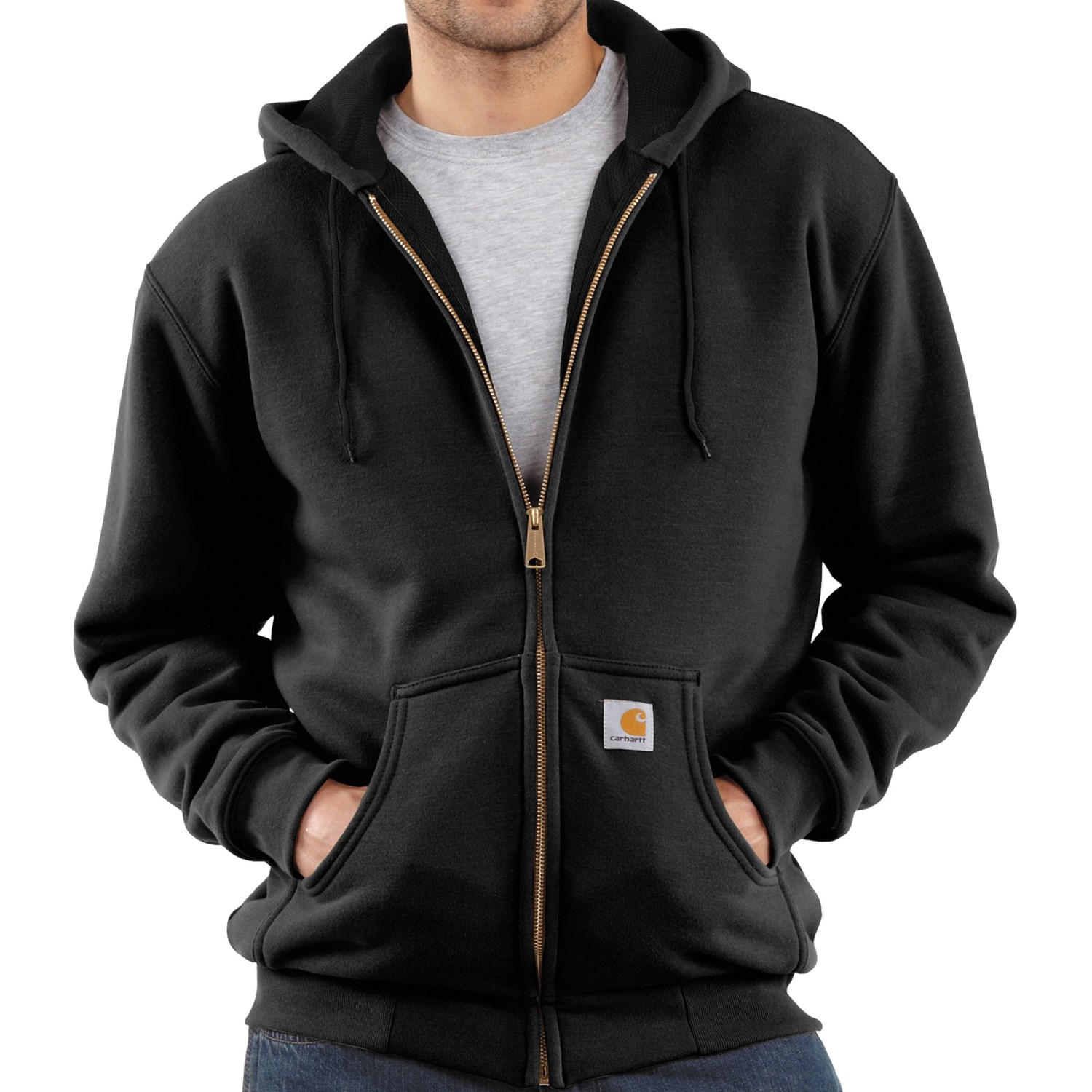What To Look For When Buying the Sweatshirt

Sweatshirts are long-sleeved pullover garments composed of thick cotton. They are generally worn as casual clothing but aren't so formal as sweaters and cardigans. They may not have a Hood. If you're interested in buying a sweatshirt here are some tips:
Norma Kamali spread the appeal of sweatshirts
Since the late 1970s the Norma Kamali brand has been turning the humble sweatshirt into an art. Her designs are now an essential part of every woman's wardrobe. Her unique designs vary from a tummy-tucking neck to leather-paneled sweatshirts. She also has created clothes with unusual designs, like a tank top with an extended trumpet skirt.
A partnership of the designers and sweatshirt maker Everlast gave rise to her Timeless collection, which was an instant hit when it appeared in the Spiegel spring 2006 catalog. The collection featured interchangeable and convertible knits in classic silhouettes, and many pieces were priced at less than $20. Even Get more info wasn't available in stores, customers could still find these pieces through eBay as well as Poshmark.
Merino wool sweatshirts feel more comfortable than soft sweatshirts .
Merino wool is well-known for its ability to remove moisture that help keep you dry and comfortable. Merino wool is an organic fibre that also has a smoother feel. The fabric also dries quickly in comparison to other natural materials. Additionally, merino is a sustainable resource. The merino sheep shed their coats each year, and then grow new coats.
The warmth-to-weight ratio of merino wool makes it an ideal material for sweatshirts. It helps to regulate the temperature of your body due to its loft which naturally traps heat between the fibers. This is why Merino wool sweaters are ideal for outdoor and summer activities such as mountain biking, hiking, and running. The warmth it provides helps keep the wearer well-hydrated and cool, something that is essential when exercising.
Zip-front hoodies feature kangaroo pockets.
Kangaroo pocket Hoodies are a very popular type of hoodies. They have a huge pocket on the front, which helps keep your hands warm during cold days. They are additionally more practical than conventional pockets, since they allow your hands to slide in and out with ease.
Kangaroo pockets are usually large enough to hold an entire wallet or small personal items. They're typically long enough to fit a small hand and are wide enough to fit two hands. They feature wide openings on either side and can be used to carry small items.
French terry fabric is a very popular material for sweatshirts
The French Terry fabric is constructed of soft yarns that are knit into loops and are usually mid-weight. It is also renowned because of its capacity to absorb away moisture and is already pre-shrunk. French Terry is an excellent option for sweatshirts as it will keep you warm when you need it and keeps your cool when you want to cool down.

French terry is also popular for loungewear, since it is stretchy enough and has enough flexibility to feel comfortable on your skin. It also allows for enough air to circulate through the fabric, making it ideal for layering underneath other clothes. Additionally, since it's lighter than other sweatshirts you can wear it all year round without feeling warm or cold.
Hoodies have classist connotations
Although it could appear that hoodies are an appropriate clothing item for those who are working class but the truth is that they carry classist connotations. The hooded garment was first used in the early 1970s , in New York, where graffiti artists wore them to conceal their identities. In 1976 the hoodies made their big film debut in "Rocky," when the working-class title character wore hooded gray sweats on his memorable climb up the Philadelphia Museum of Art.
Hoodies are often associated with death, destruction, and other undesirable items, yet they also serve practical purposes. For instance, monks and priests might wear hoods in order to display respect and a sense of self-control.
